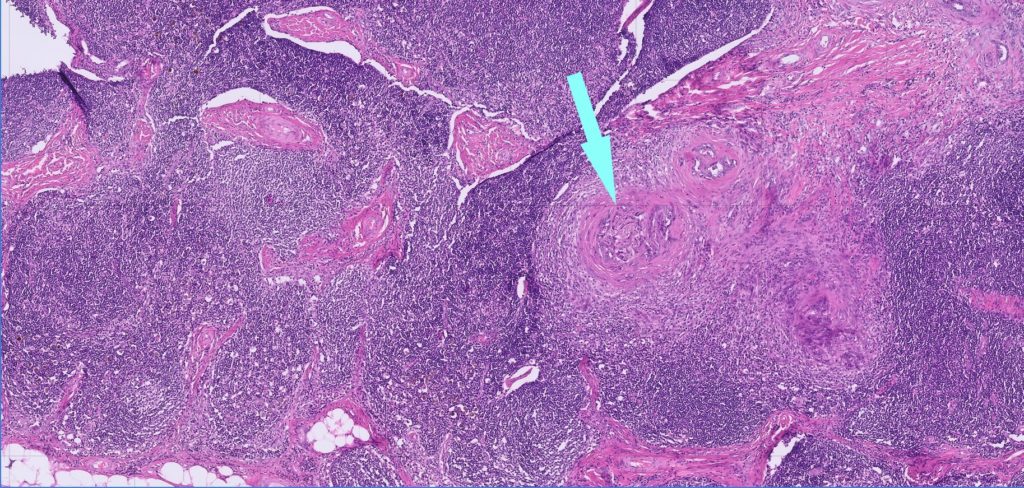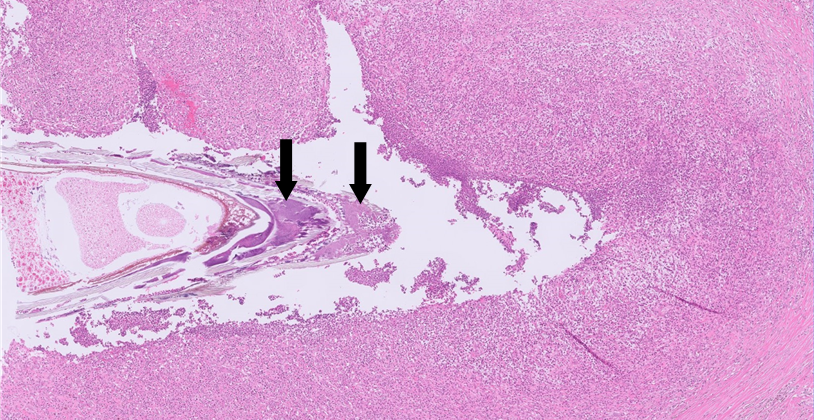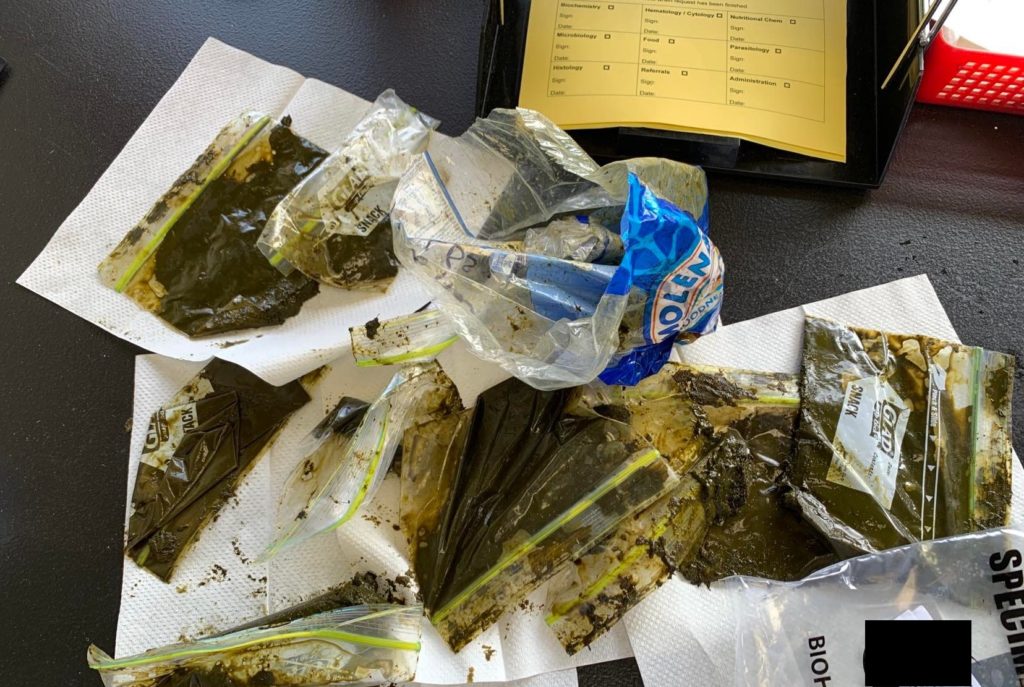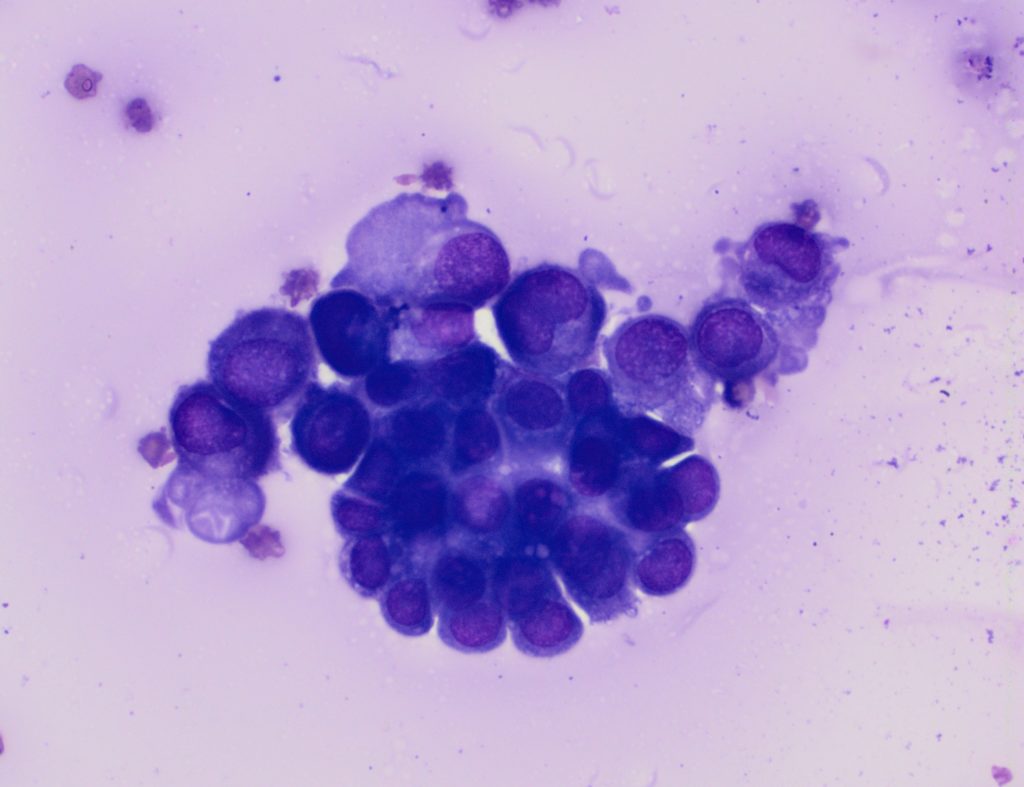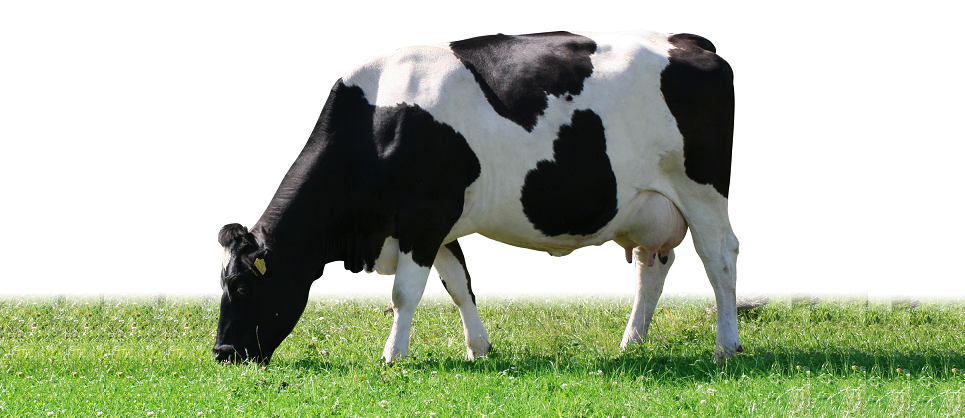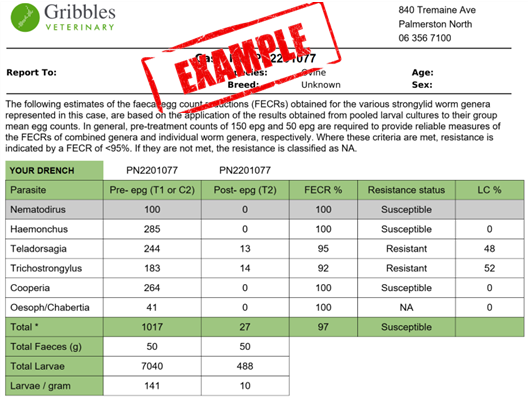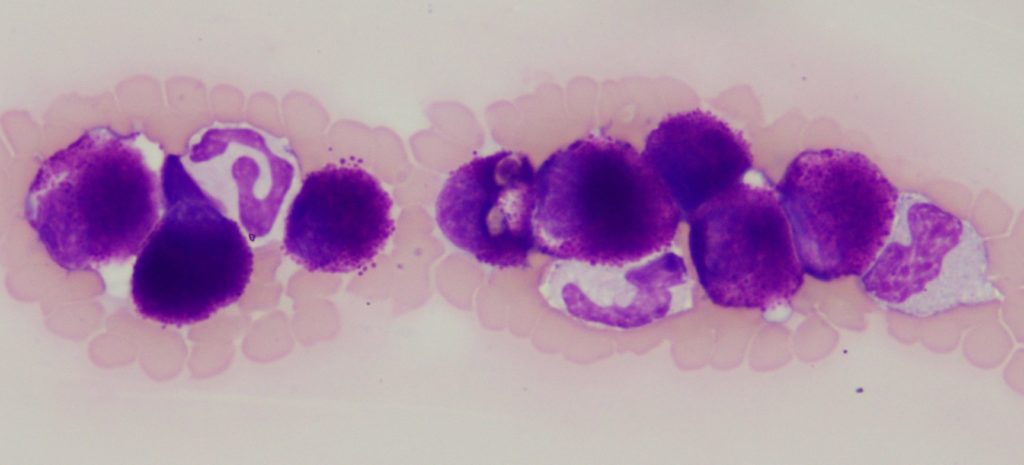Ovine WormFEC programme
The feedback received so far regarding this programme has been outstanding! “Wonderful – the only way forward to deal with anthelmintic resistance.”“A great initiative and combination of IP and resources to provide a much needed tool for NZ farmers.”The WormFEC Programme is provided by AgResearch in association with Beef & Lamb New Zealand (Sheep Improvement Limited […]



